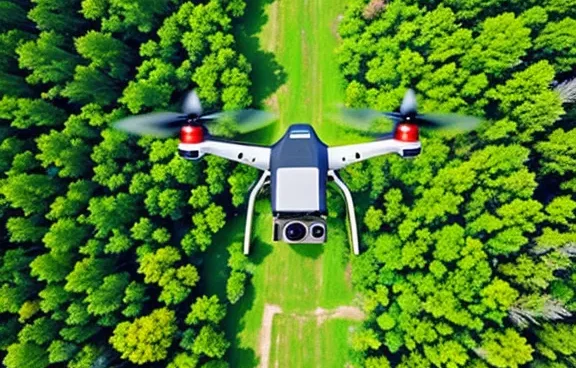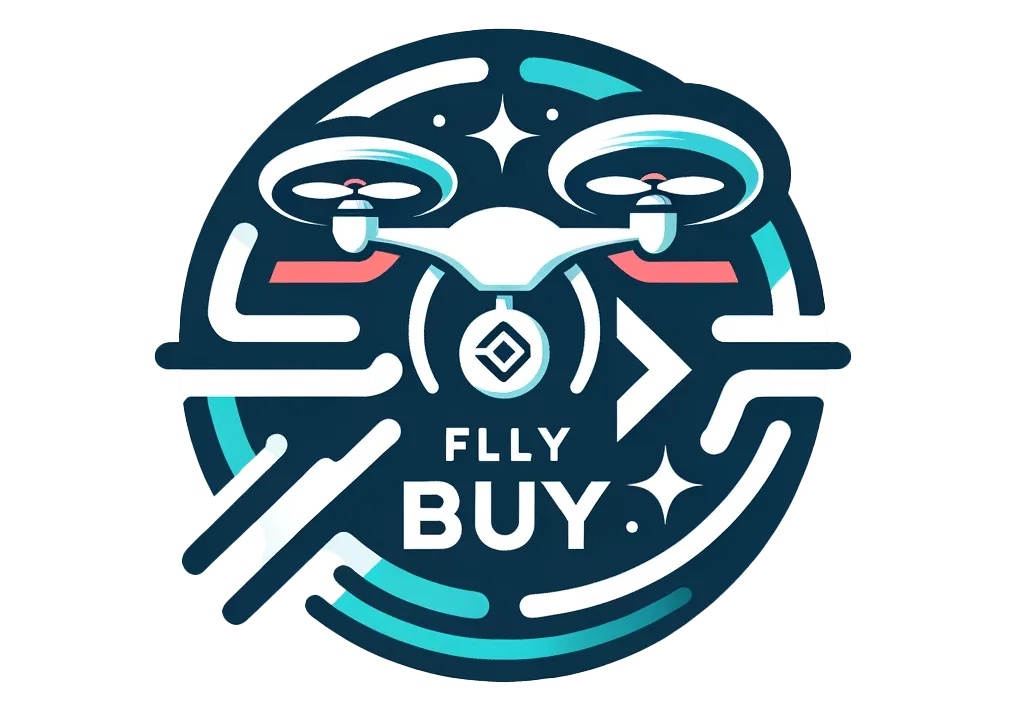
Current Trends in Drones:
- Consumer Drones: Consumer drones were becoming increasingly popular for recreational use, photography, and videography. Companies like DJI dominated the market with their high-quality and feature-rich drone models.
- Commercial Applications: Drones found applications in various industries such as agriculture, construction, real estate, and environmental monitoring. They were being used for tasks like surveying, mapping, monitoring crops, inspecting infrastructure, and more.
- Delivery Drones: Several companies were experimenting with delivery drones for the transportation of small packages, especially in urban and remote areas. However, regulatory challenges and safety concerns were still being addressed.
- Autonomous Flight: Drones were becoming more capable of autonomous flight, with advancements in obstacle detection and avoidance systems, as well as GPS accuracy.
- Regulatory Developments: Governments around the world were working on drone regulations to ensure safe and responsible drone operations. This was particularly important due to concerns about privacy, airspace congestion, and potential misuse.

Potential Future Developments:
- Urban Air Mobility (UAM): This concept involves the use of drones for short-distance urban transportation. Electric Vertical Takeoff and Landing (eVTOL) vehicles could become a reality, enabling air taxis and on-demand transportation services within cities.
- Advanced Delivery Services: While delivery drones were already being tested, their adoption could increase further as regulatory hurdles are overcome. Drones could play a significant role in last-mile delivery for online shopping and medical supplies.
- AI and Automation: Drones equipped with advanced AI could perform more complex tasks autonomously. This might include tasks like infrastructure inspection, disaster response, and environmental monitoring.
- Remote Sensing and Monitoring: Drones equipped with specialized sensors could be used for advanced data collection and monitoring in sectors like environmental science, wildlife conservation, and disaster management.
- Swarm Technology: Drones could operate in coordinated swarms to accomplish tasks like search and rescue, surveillance, and even artistic displays.
- Integration with 5G and IoT: Integration with 5G networks and the Internet of Things (IoT) could enhance the capabilities of drones by enabling real-time data transfer, improved communication, and better remote control.
- Regulatory Progress: As technology develops, regulatory frameworks will likely evolve to accommodate new use cases while ensuring safety and privacy. This could pave the way for more widespread drone operations.
Remember Subscribe to our channels please, Have a Great Day!
